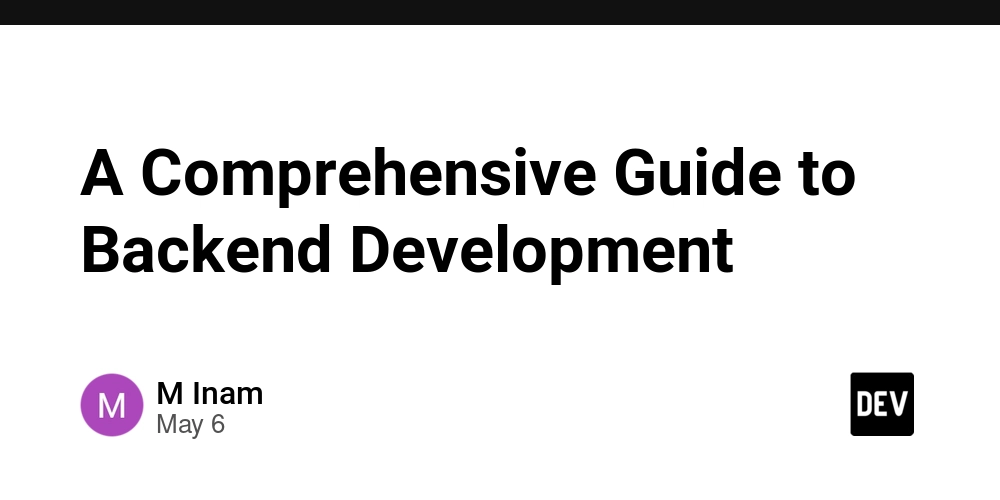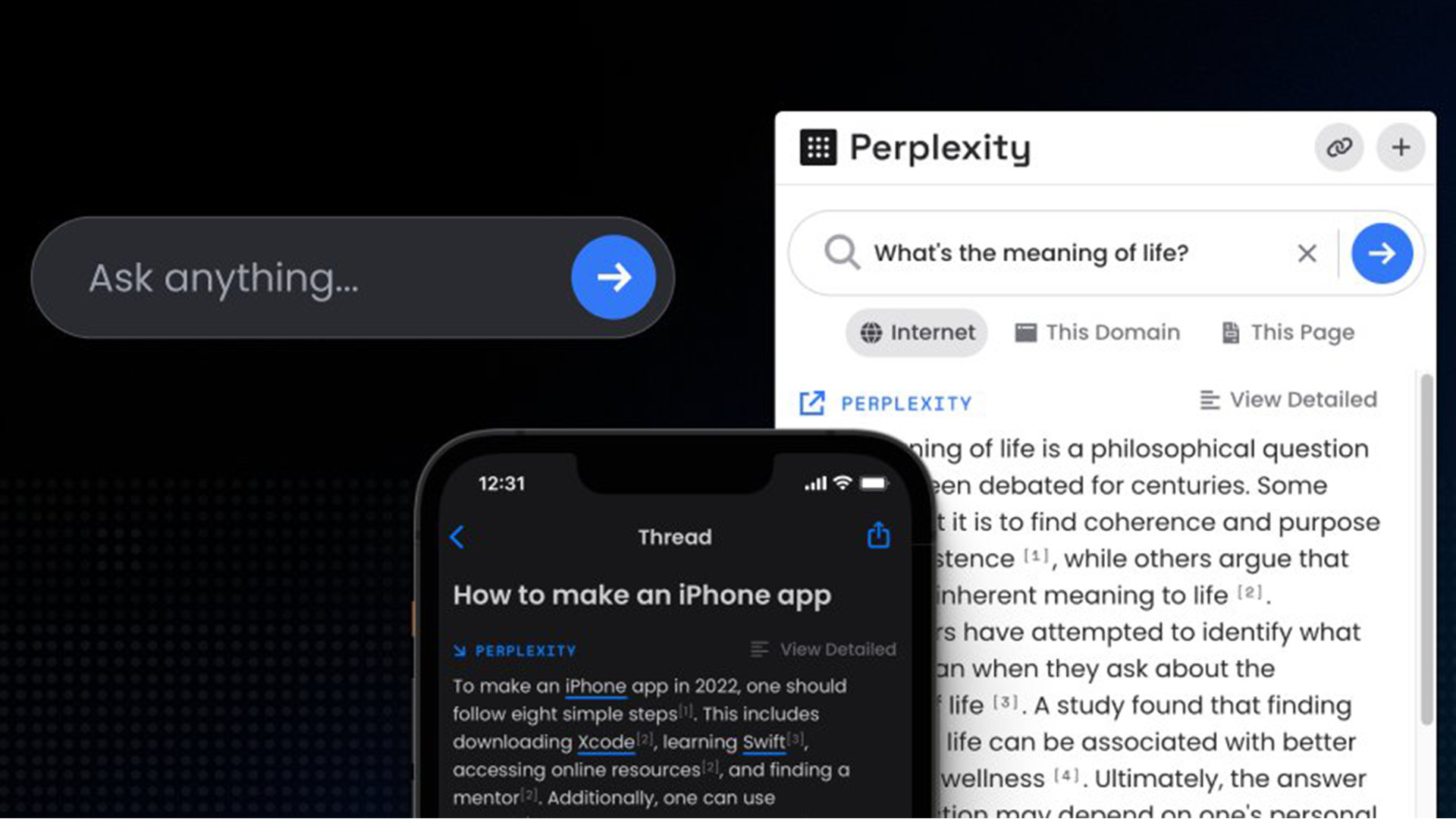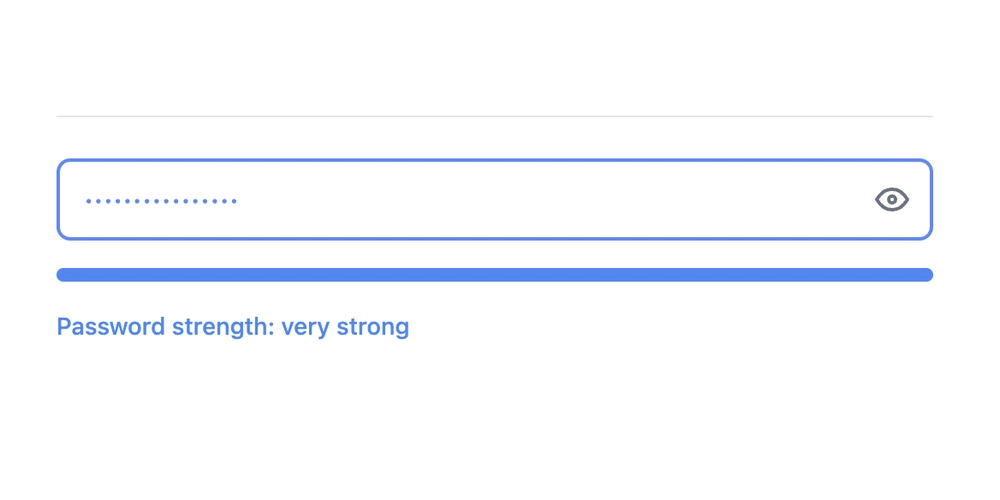Kubernetes Home lab: Setting up Storage (Rook and Ceph)
Introduction In this post, I’ll walk you through setting up storage for a Kubernetes homelab using Rook and Ceph. This setup provides scalable, resilient storage that can simulate production-grade environments for learning and testing. Hardware Setup Kubernetes Engine: Rancher Kubernetes Engine 2(RKE2) Master Node: 1 node (control plane) Worker Nodes: 3 nodes Storage: Each worker node has a 100 GB unpartitioned disk (used by Ceph for storage) Environment: Kubernetes homelab running on virtual machines Why Rook and Ceph? When deploying and managing Kubernetes clusters, one of the challenges often faced is how to manage persistent storage. Containers are not ideal for applications that require persistent storage, especially when that storage needs to survive restarts. This is where the storage solution like rook and ceph comes into play. Rook Rook is an opensource storage orchestrator which automates deployment and management of ceph storage to provide self-managing, self-scaling, and self-healing storage services. Ceph Ceph is a distributed storage system that provides file, block and object storage. In a typical Ceph cluster, data is distributed across multiple nodes in a way that ensures redundancy and high availability. Ceph automatically replicates data and manages failures, making it ideal for mission-critical applications. Architecture Overview Pod Description Rook Operator Manages the lifecycle of the Ceph cluster inside Kubernetes. CSI Plugins Handle the mounting and unmounting of volumes to pods. Provisioner Automatically creates new Ceph volumes when PVCs are made. OSD (Object Storage Daemon) Stores the data physically and handles replication. mgr Manages the overall Ceph cluster, handles monitoring, and exposes the Ceph Dashboard. mon Keeps track of the cluster's health and makes sure all parts of the storage system agree on the current state. rook-ceph-exporter Exports Ceph metrics for Prometheus and monitoring. rbdplugin Manages block storage (RBD) and allows Kubernetes to mount block devices as persistent volumes. Prerequisites Kubernetes Version: v1.28 to 1.32 are supported. When installing a Ceph cluster, allocate storage (HDD or SSD) without creating any partitions. Ceph will manage and combine all the storage across the drives as a single pool. I have allocated 100 GB HDD storage across three worker nodes. Before installation we need to install lvm2 on every kubernetes node. sudo yum install -y lvm2 -- CentOS or RHEL based system sudo apt-get install -y lvm2 -- for Ubuntu or Debian based system Installation Before installing clone the rook git repo which contains all the configurations. git clone --single-branch --branch master https://github.com/rook/rook.git Navigate to the example directory. cd rook/deploy/examples Step 1: Install CRDs and the Rook Operator kubectl create -f crds.yaml -f common.yaml -f operator.yaml crds.yaml: contains all the crd required by Rook. common.yaml: contains RBAC resources, namespace definitions, Service Account and other resources. operator.yaml: This is the actual brain or core of the rook-ceph cluster. It manages the lifecycle of ceph components. Note: Ceph by default takes 3 mons. So, if you have less than 3 worker nodes then edit your cluster.yaml file and change mon value (.spec.mon.count) to 2 or 1 depending on your nodes. But 3 is recommended for a production cluster. Once the operator is up and running we should create a ceph cluster. Step 2: Install Ceph cluster kubectl create -f cluster.yaml cluster.yaml is for bare-metal kubernetes. so if you have a test environment (minikube) or cloud environment then you should apply other yaml files like cluster-test.yaml or cluster-on-pvc.yaml. Optional but important: Also install the toolbox.yaml file to get the status of the ceph cluster. Step 3: Install toolbox kubectl apply -f toolbox.yaml To see the health of the ceph cluster execute the following command inside the tools pod. k exec -it rook-ceph-tools-b48d79d8b-89m8v -- bash You can use command ceph status to check the status of ceph. bash-4.4$ ceph status cluster: id: ff587402-5139-40a2-ac2a-f6a0de371dc6 health: HEALTH_WARN mons a,b,c are low on available space services: mon: 3 daemons, quorum a,b,c (age 40m) mgr: a(active, since 36m), standbys: b osd: 3 osds: 3 up (since 40m), 3 in (since 2d) data: pools: 2 pools, 33 pgs objects: 621 objects, 2.1 GiB usage: 4.2 GiB used, 296 GiB / 300 GiB avail pgs: 33 active+clean io: client: 14 KiB/s wr, 0 op/s rd, 0 op/s wr You can also see OSD using command ceph osd status. bash-4.4$ ceph osd status ID HOST USED AVAIL WR OPS WR DATA RD OPS RD DATA STATE 0 workernode1 1456M 98.5G 0 0

Introduction
In this post, I’ll walk you through setting up storage for a Kubernetes homelab using Rook and Ceph. This setup provides scalable, resilient storage that can simulate production-grade environments for learning and testing.
Hardware Setup
- Kubernetes Engine: Rancher Kubernetes Engine 2(RKE2)
- Master Node: 1 node (control plane)
- Worker Nodes: 3 nodes
- Storage: Each worker node has a 100 GB unpartitioned disk (used by Ceph for storage)
- Environment: Kubernetes homelab running on virtual machines
Why Rook and Ceph?
When deploying and managing Kubernetes clusters, one of the challenges often faced is how to manage persistent storage. Containers are not ideal for applications that require persistent storage, especially when that storage needs to survive restarts. This is where the storage solution like rook and ceph comes into play.
Rook
Rook is an opensource storage orchestrator which automates deployment and management of ceph storage to provide self-managing, self-scaling, and self-healing storage services.
Ceph
Ceph is a distributed storage system that provides file, block and object storage. In a typical Ceph cluster, data is distributed across multiple nodes in a way that ensures redundancy and high availability. Ceph automatically replicates data and manages failures, making it ideal for mission-critical applications.
Architecture Overview
| Pod | Description |
|---|---|
| Rook Operator | Manages the lifecycle of the Ceph cluster inside Kubernetes. |
| CSI Plugins | Handle the mounting and unmounting of volumes to pods. |
| Provisioner | Automatically creates new Ceph volumes when PVCs are made. |
| OSD (Object Storage Daemon) | Stores the data physically and handles replication. |
| mgr | Manages the overall Ceph cluster, handles monitoring, and exposes the Ceph Dashboard. |
| mon | Keeps track of the cluster's health and makes sure all parts of the storage system agree on the current state. |
| rook-ceph-exporter | Exports Ceph metrics for Prometheus and monitoring. |
| rbdplugin | Manages block storage (RBD) and allows Kubernetes to mount block devices as persistent volumes. |
Prerequisites
- Kubernetes Version: v1.28 to 1.32 are supported.
- When installing a Ceph cluster, allocate storage (HDD or SSD) without creating any partitions. Ceph will manage and combine all the storage across the drives as a single pool. I have allocated 100 GB HDD storage across three worker nodes.
- Before installation we need to install lvm2 on every kubernetes node.
sudo yum install -y lvm2 -- CentOS or RHEL based system
sudo apt-get install -y lvm2 -- for Ubuntu or Debian based system
Installation
Before installing clone the rook git repo which contains all the configurations.
git clone --single-branch --branch master https://github.com/rook/rook.git
Navigate to the example directory.
cd rook/deploy/examples
Step 1: Install CRDs and the Rook Operator
kubectl create -f crds.yaml -f common.yaml -f operator.yaml
- crds.yaml: contains all the crd required by Rook.
- common.yaml: contains RBAC resources, namespace definitions, Service Account and other resources.
- operator.yaml: This is the actual brain or core of the rook-ceph cluster. It manages the lifecycle of ceph components.
Note: Ceph by default takes 3 mons. So, if you have less than 3 worker nodes then edit your cluster.yaml file and change mon value (.spec.mon.count) to 2 or 1 depending on your nodes. But 3 is recommended for a production cluster.
Once the operator is up and running we should create a ceph cluster.
Step 2: Install Ceph cluster
kubectl create -f cluster.yaml
cluster.yaml is for bare-metal kubernetes. so if you have a test environment (minikube) or cloud environment then you should apply other yaml files like cluster-test.yaml or cluster-on-pvc.yaml.
Optional but important: Also install the toolbox.yaml file to get the status of the ceph cluster.
Step 3: Install toolbox
kubectl apply -f toolbox.yaml
To see the health of the ceph cluster execute the following command inside the tools pod.
k exec -it rook-ceph-tools-b48d79d8b-89m8v -- bash
You can use command ceph status to check the status of ceph.
bash-4.4$ ceph status
cluster:
id: ff587402-5139-40a2-ac2a-f6a0de371dc6
health: HEALTH_WARN
mons a,b,c are low on available space
services:
mon: 3 daemons, quorum a,b,c (age 40m)
mgr: a(active, since 36m), standbys: b
osd: 3 osds: 3 up (since 40m), 3 in (since 2d)
data:
pools: 2 pools, 33 pgs
objects: 621 objects, 2.1 GiB
usage: 4.2 GiB used, 296 GiB / 300 GiB avail
pgs: 33 active+clean
io:
client: 14 KiB/s wr, 0 op/s rd, 0 op/s wr
You can also see OSD using command ceph osd status.
bash-4.4$ ceph osd status
ID HOST USED AVAIL WR OPS WR DATA RD OPS RD DATA STATE
0 workernode1 1456M 98.5G 0 0 0 0 exists,up
1 workernode2 1147M 98.8G 0 6553 0 0 exists,up
2 workernode3 1787M 98.2G 0 0 0 0 exists,up
To check the raw storage and pool use command ceph df
bash-4.4$ ceph df
--- RAW STORAGE ---
CLASS SIZE AVAIL USED RAW USED %RAW USED
hdd 300 GiB 296 GiB 4.3 GiB 4.3 GiB 1.43
TOTAL 300 GiB 296 GiB 4.3 GiB 4.3 GiB 1.43
--- POOLS ---
POOL ID PGS STORED OBJECTS USED %USED MAX AVAIL
.mgr 1 1 577 KiB 2 1.7 MiB 0 93 GiB
homelabpool 2 32 2.1 GiB 626 4.1 GiB 1.45 140 GiB
Creating Storage Classes
We can create 3 types of storage in rook-ceph: Object, Block and Filesystem. So to create these storage we need to create ceph pool and storage class first.
Storage Class tells Kubernetes what type of Ceph storage to provision and how to interact with Rook to provision PVs automatically when a PVC is created.
A Ceph Pool is a logical grouping of storage resources in a Ceph cluster.
Block Storage
Go to location rook/deploy/examples/csi/rbd.
cd rook/deploy/examples/csi/rbd
Apply the storageclass.yaml
kubectl apply -f storageclass.yaml
There are two section under this file.
- To create CephBlockPool named replica pool.
- To create a storageclass named rook-ceph-block.
Replicated size of CephBlockPool is 3 so any PVC you create in cluster will be stored at 3 location.
spec:
failureDomain: host
replicated:
size: 3
Filesystem Storage
To create filesystem storage navigate to rook/deploy/examples/csi/cephfs
cd rook/deploy/examples/csi/cephfs
Apply storageclass.yaml
kubectl apply -f storageclass.yaml
Object Storage
Finally to create the Object storage navigate to rook/deploy/examples
cd rook/deploy/examples
and apply object.yaml file
kubectl apply -f object.yaml
Troubleshooting
- If you don't install lvm2 package then osd pods will fail and monpods won't be create so make sure to install it.
- If you are facing this issue
Still connecting to unix:///csi/csi.sockincsi-rbdpluginpod then usemodprobe rbdon all nodes to solve this issue.
Summary
Setting up Rook and Ceph in a Kubernetes homelab provides a powerful way to simulate production-grade storage environments. With proper hardware and configuration, you can create scalable, self-healing, and persistent storage for your workloads. By following this guide, you deployed Rook, configured a Ceph cluster, and enabled block, filesystem, and object storage—all with built-in redundancy and monitoring support. This setup not only enhances your Kubernetes lab experience but also helps you build hands-on skills for real-world scenarios.
 abhinav1015
/
Devops-Homelab
abhinav1015
/
Devops-Homelab
This is a devops homelab.
DevOps Homelab
This repository contains the configuration files and deployment manifests for various DevOps tools and infrastructure setup used in my personal Kubernetes Homelab. It leverages GitOps with ArgoCD for continuous delivery and management of Kubernetes resources.
Overview
The following tools and services have been deployed and managed in this Kubernetes homelab ArgoCD: GitOps continuous delivery tool for managing Kubernetes applications. GitLab: GitLab instance for CI/CD pipelines and repository management. Cert-Manager: A tool for managing SSL/TLS certificates in Kubernetes. Rook & Ceph: A cloud-native storage solution for Kubernetes using Ceph. MetalLB: Load Balancer for exposing services to external traffic.
Infrastructure Setup
This project follows a modular approach to organize configurations into different sections:
Infrastructure (infra/): Contains all the configuration files required to set up infrastructure components like GitLab, Cert-Manager, Ceph, etc.
…







































































































































































![[The AI Show Episode 145]: OpenAI Releases o3 and o4-mini, AI Is Causing “Quiet Layoffs,” Executive Order on Youth AI Education & GPT-4o’s Controversial Update](https://www.marketingaiinstitute.com/hubfs/ep%20145%20cover.png)

























































































































































































































































































































































































![Apple Shares Official Teaser for 'Highest 2 Lowest' Starring Denzel Washington [Video]](https://www.iclarified.com/images/news/97221/97221/97221-640.jpg)

![Under-Display Face ID Coming to iPhone 18 Pro and Pro Max [Rumor]](https://www.iclarified.com/images/news/97215/97215/97215-640.jpg)


































































































